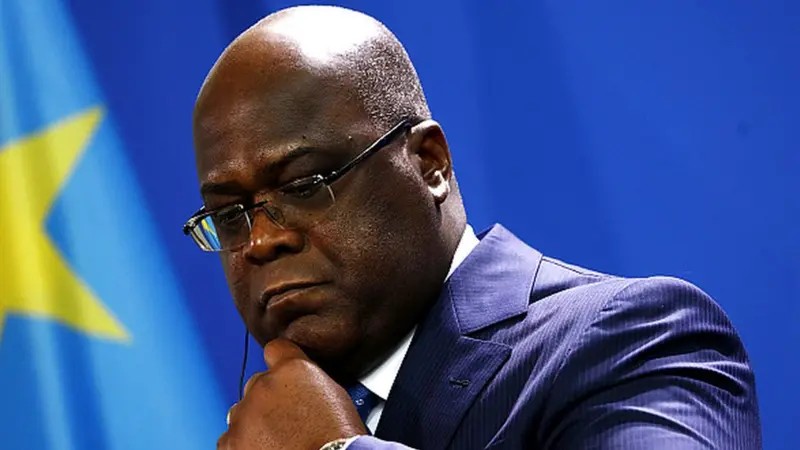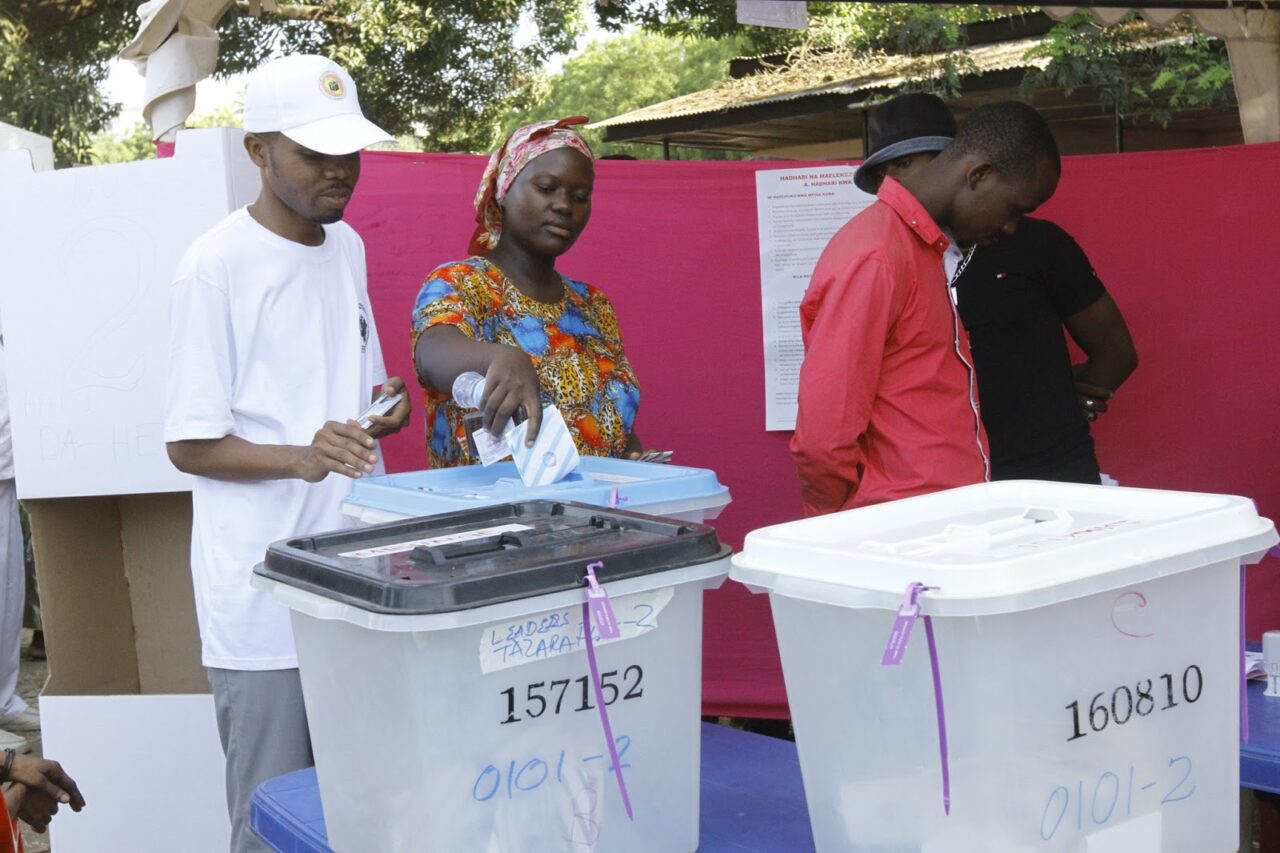I must admit that we have confined most discussions concerning higher education students’ loans to the problems associated with the provision and repayment of loans. In some way, I appreciate these discussions because they are helping to divulge the extent of the problem and show how the current political-financial arrangements are incapable of resolving the issue of financing higher education in Tanzania.
The discussion of this nature, however, is problematic. It tends to disguise the real problem because most of the times, the discussants appear to treat students loans as something ahistorical, apolitical, and have no connection to our society’s socio-economic formation. So, in a bid to restore sight to the question of students’ loans, one should go beyond the loans mechanism and explore the essence of financing the higher education in this country.
Usually, the modality of financing education implies dispossession and accessibility to all socio-economic groups in any society. That’s why during colonialism few Africans were able to attend schools since a racist colonial government in Tanganyika (now Tanzania Mainland) allocated a small amount of fund for African education compared to minority Europeans and Asians. Few Africans qualified for tertiary level education went to university after getting sponsorship from cooperative unions or rare government and NGOs scholarships. Under these conditions, it was impossible for most Africans who were deprived socially, politically and economically to afford the cost of joining tertiary education. This was why until 1961, we had about only 100 graduates, almost 0.00001 per cent of the population, during independence.
Education for self-reliance meant free education
Soon after independence, during the early stage of the national building project, the new government under the late Julius Nyerere changed higher education’s modality. The state took full responsibility for the country’s education by cancelling fees and other primary to tertiary education costs. This change’s rationale was to ensure that all Tanzanians, regardless of their socio-economic groups, are guaranteed access to education.
Free education was one of the key features of education for self-reliance policy Tanzania adopted in 1967 alongside the Arusha Declaration. The policy of self-reliance also emphasised on reforming school curricula. It sought to ensure that Tanzanians acquire an education that was responsive to their generational demands. These post-independence educational reforms enabled Tanzanians from different backgrounds to attain higher education irrespective of their tribe, religion, colour, social, and economic status.
Even though this modality of financing education after independence was progressive, it had serious fundamental problems. These included the fact that most of the government fund allocated to finance university functions such as teaching, conducting research and outreaches did not come from domestic sources. The fund came from foreign sources, mainly the World Bank, the International Monetary Fund (IMF), and some Scandinavian countries in the form of grants and loans. This was contrary to the principle of self-reliance and disengagement from global capitalist finance for people committed to building a socialist nation.
That’s why after severe economic problems of the 1970s and 1980s the World Bank and the IMF played easy to enter the country into their trajectory. They recommended Tanzania to adopt ruthless Structural Adjustment Programmes (SAPs) where, among other things, the government was supposed to introduce cost-sharing in the provision of essential services like education, which were formerly being provided free of charge to all people. For the first time in the 1992/1993 financial year, Tanzania’s government officially instituted cost-sharing in education.
Until that time, Tanzania, which was known for its high literacy rate, started to decline after reducing government fund in education. To emphasise their agenda, the World Bank again in 1996 put another nail in Tanzania’s coffin by insisting that the Tanzania government and donors shift their resources to primary education and leave higher education depend on private support, generation of own funds and output based financing system.
The fight for free education is historical
But on the people side, all these institutionalisation processes of the cost-sharing policy faced countless resistance. In universities and colleges, students frequently protested against SAPs which started to leave behind the children of the wretched or makabwela as they are known in Kiswahili. As a result of these protests and riots, the State responded in a harmony of repression and undertaking some adjustments of laws and regulation in implementing the cost-sharing policy.
So after all these liberalisation measures in financing higher education since the 1990s until present, does it suggest there are signs of moving toward total market approach in the funding of higher education in Tanzania, something which has been propagated by people who believe a complete market approach will improve the so-called efficiency, accountability and equality as it is perceived in the neoliberal school of thought?
In contrast to free education, supporters of the market economy favour inducing market logics in financing higher education. They consider higher education to be made up of market segments that can be driven through profit motivation. They suggest several forms in which market logics can manifest in education, including catering services, textbook publishing, on-site advertisement, consultancies, gentrification, students’ sponsorship, and many other profit-making activities at the level of institution or managing bodies.
Going specifically to students’ sponsorship through students’ loans, here a market principle is applied on mobilisation, provision and repayment of the loan to ensure profit generation through charging interest rates, loan administration fees, and penalties. The responsibility of administration and operationalisation of these loans is given to the institution known as Higher Education Bank (HEB) which operates under very minimal state intervention and mobilises its fund from private sources such as government, corporates and philanthropists. So the HEB serves as an intermediary in the education credit market by harnessing private and public resources to fund higher education through commercial banking lucidities.
Since Tanzania adopted the cost-sharing policy in higher education, it had passed through various adjustments until 2005 when the Higher Education Students’ Loans Board (HESLB) was established under the Act of Parliament. The board’s primary purpose is to administer loans to eligible and needy Tanzanian students of higher and tertiary education and collect repayment for all loan issues to beneficiaries since 1994. The loan items given to eligible students include tuition fee, special faculty requirement, meals and accommodation, books and stationeries, research expenses and field practical training. The eligibility of a student to obtain a loan is accessed through a method known as means-testing.
Though HESLB is 100 per cent publicly funded to make its loan scheme sustainable and long-lasting, it demands beneficiaries to repay a rate not less than 15 per cent of monthly salary/income, or Sh100,000 for self-employed. Apart from that, beneficiaries are also obligated to pay six per cent value retention fees annually and one per cent administration fee of the original amount. The beneficiaries who delayed to pay immediately after a grace period of 24 months face a penalty of 10 per cent of the amount required to be paid.
Yes, free higher education is realistic
Higher education is vital in developing the nation’s productive force since it is anticipated to produce individuals for the professional and intellectual development of society. It is also expected to produce individuals for the middle and intermediate level of the economy’s occupational structure. Thus, for a nation that seriously wants to build a national economy, investing in higher education might be meaningful to its economic development. It is just a matter of integrating higher education to a production sector of the economy and avoids looking it within the scope of immediate financial restrictions since investing in higher education reaps long-term benefits.
But then again, we live in a capitalist world, where a ruthless profit motive drives everything. The commodification of every aspect of human life has become the order of the day. The cost of obtaining these services are becoming high every day due to profit generation intension (market approach). Accessibility of essentials for human survival and the prospects of humankind, health care and education respectively reveals how inequality among the haves and the have-nots prevail.
So the cost of higher education is high because almost all higher education segments are operated by logics of market mechanism (profit intension). Suppose cafeteria services, textbook publication and other education supplies will be produced for the motive of necessity to people (use-value) instead of the profit intension (exchange-value). In that case, higher education costs will be down, making it possible for the state to provide it freely to all individuals regardless of their socio-economic status.
Joel Ntile is a Pan-Africanist and socio-economic analyst based in Dar es Salaam, Tanzania. He can be reached at ntilejoel@protonmail.com or @Ntilejoel. These are the writer’s own opinions and do not necessarily reflect the viewpoints of The Chanzo Initiative. You can also have your opinion published on our platform. Contact our editor at editor@thechanzo.com for further inquiries.





One Response
It is surely that, ”The discussion of this nature, however, is problematic”.
The government of URT should seek a way to reduce the burden of loan repayment for those who enjoyed the cake.
Now days the cost of higher education is higher for private than for public Universities because almost all cost covered by private Universities are not covered by Higher Education Students Loan board .